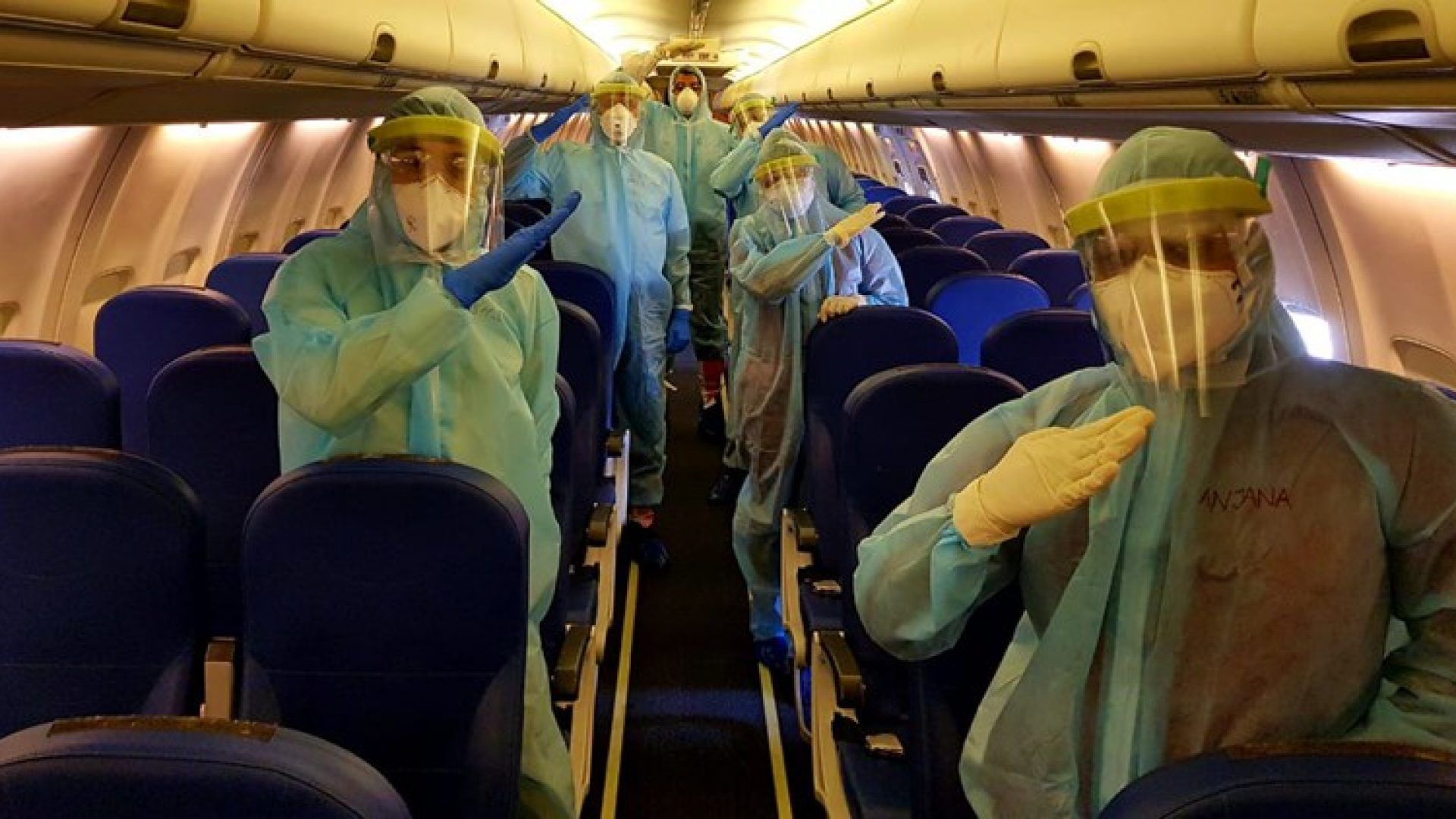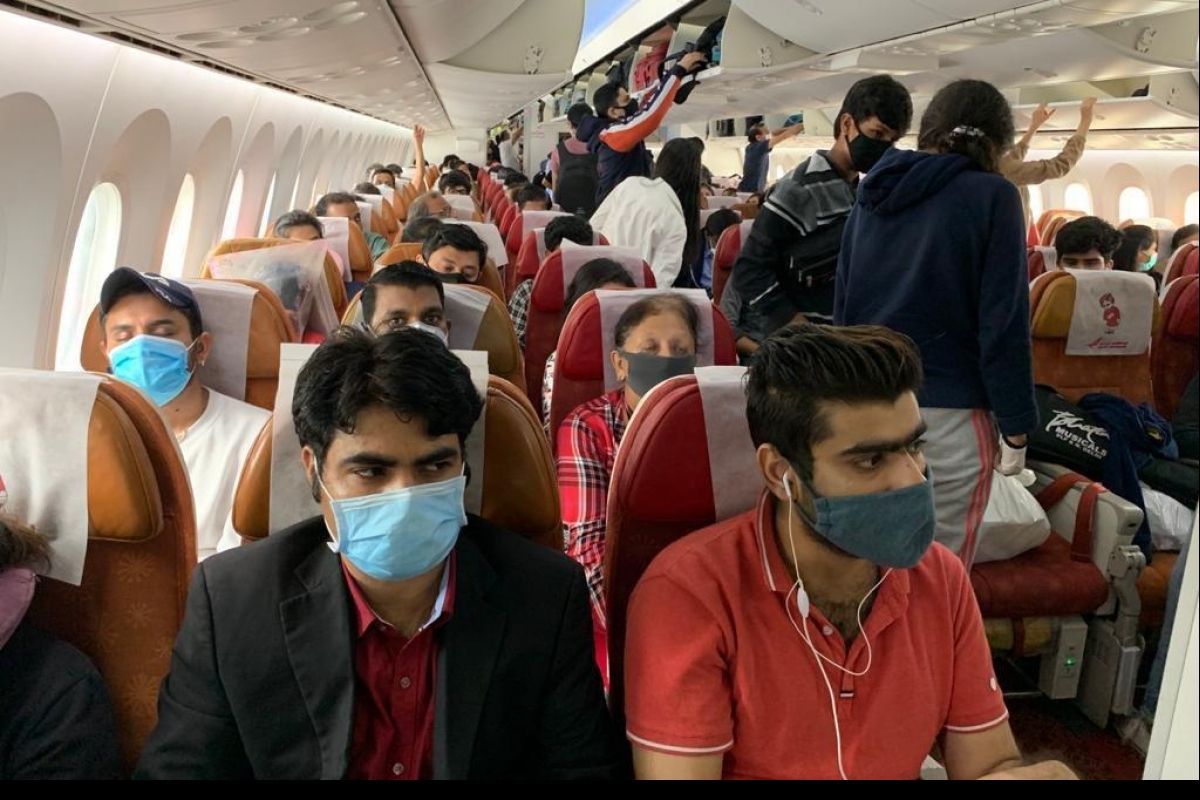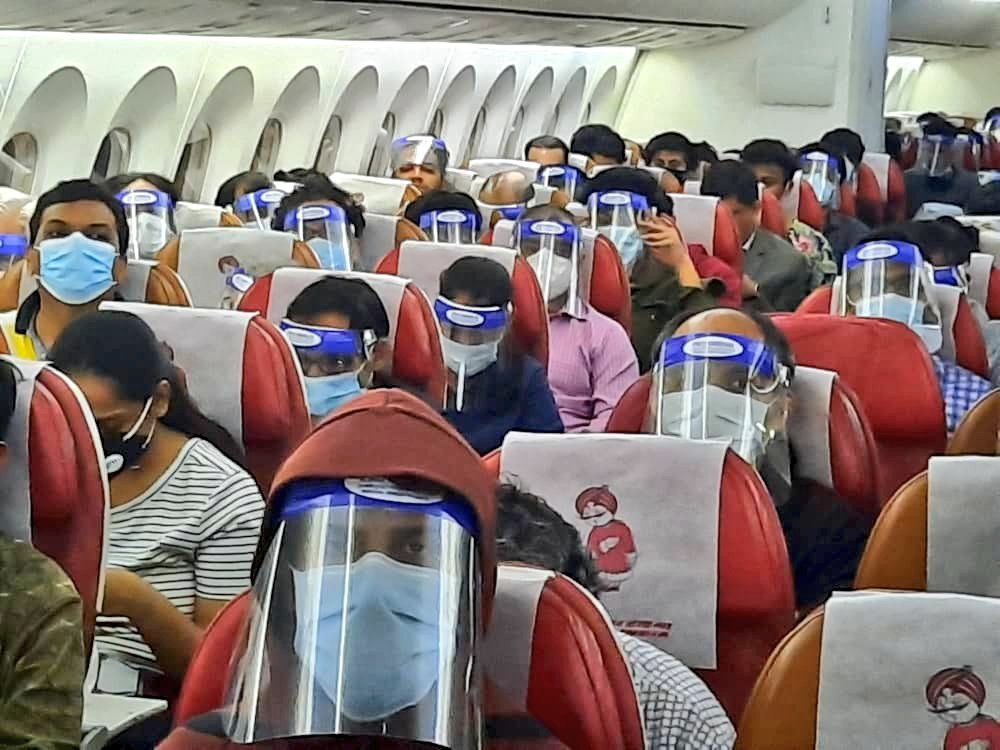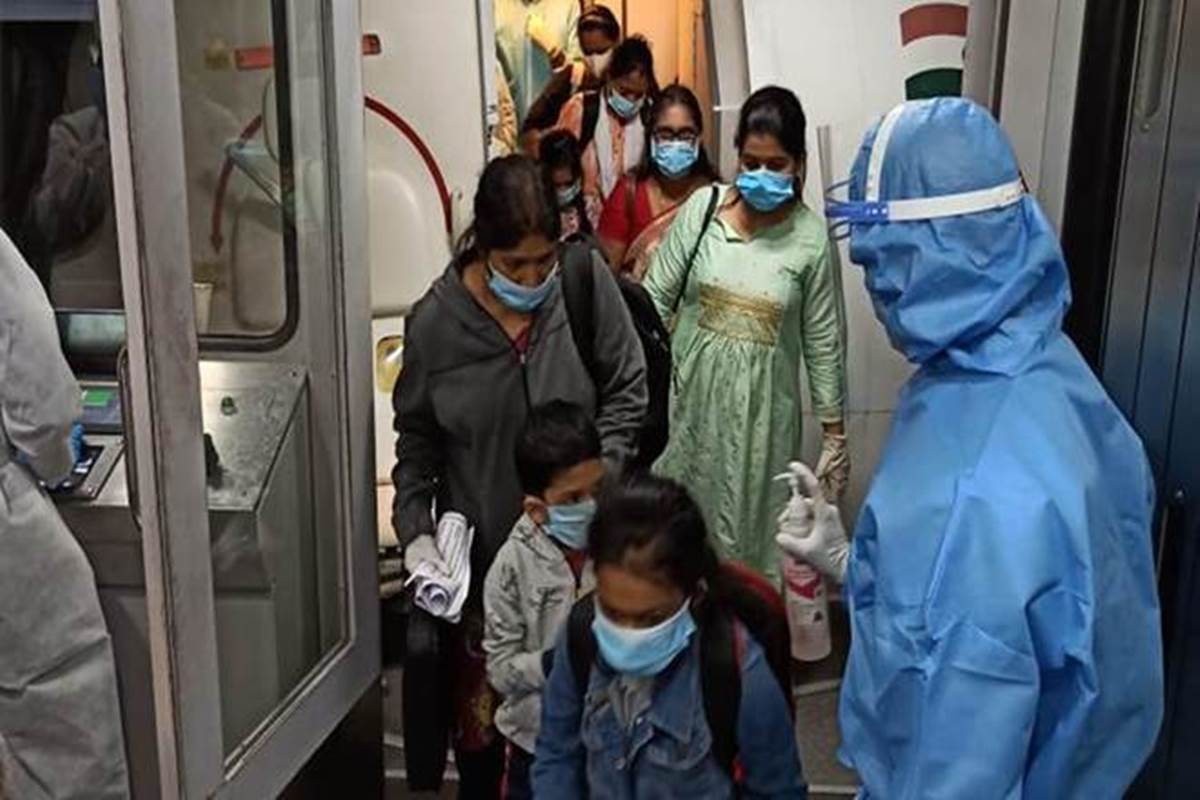Learn how the government worked tirelessly to bring citizens home during the COVID-19 crisis. Discover the strategies, challenges, and outcomes in this comprehensive article.
Introduction
The COVID-19 pandemic, an unprecedented global crisis, brought the world to a standstill. Amid the chaos and uncertainty, one monumental effort that often goes unnoticed is how governments worked tirelessly to bring their citizens back home safely during this trying time. In this extensive article, we will explore the exceptional measures taken by governments across the globe to ensure the safety and well-being of their citizens who were stranded in foreign lands due to the pandemic. From the early crisis response to diplomatic negotiations, evacuation operations to communication strategies, and even the lessons learned, we will delve deep into “How the government worked hard in bringing the citizens home during the COVID-19 crisis.”
1. Early Crisis Response
At the onset of the pandemic, governments worldwide were faced with the daunting task of protecting their citizens both domestically and abroad. This section discusses how they initiated immediate actions to address the evolving crisis. From implementing travel advisories to setting up dedicated helplines, governments swung into action to safeguard their citizens.

2. Evacuation Operations
As the pandemic intensified and countries went into lockdown, countless citizens found themselves stranded in foreign countries. Governments organized massive evacuation operations, often involving repurposed airplanes and ships. Explore the logistics and challenges of these missions, from securing transport to navigating international travel restrictions.
3. Diplomatic Negotiations
Securing permission for evacuation operations in countries with strict lockdowns was no small feat. This section sheds light on the diplomatic efforts undertaken by governments to gain access for these missions. It showcases the power of diplomacy and international cooperation during times of crisis.

4. Communication Strategies
Effective communication played a pivotal role in keeping citizens informed, reassured, and connected with their governments. Discover how governments utilized various channels, including official websites, embassies, and social media, to maintain contact and provide essential information to their citizens abroad.
5. Quarantine and Testing Protocols
Ensuring the safety of returning citizens was a top priority. Governments implemented strict quarantine and testing protocols for returning citizens. Learn how these measures contributed to public health safety and the successful repatriation of citizens.

6. Financial Support
Many governments recognized the financial burden citizens faced while stranded abroad. To alleviate this stress, they provided financial assistance to citizens. Explore the relief measures and their impact on citizens’ well-being and peace of mind.
7. Psychological Support
Being stranded in a foreign land during a pandemic can take a toll on mental health. This section discusses the importance of psychological support for citizens facing uncertainty and anxiety during their return journey. Governments collaborated with mental health professionals and support organizations to provide assistance.
8. Lessons Learned
Governments worldwide faced unprecedented challenges during the pandemic. This part of the article explores the valuable lessons learned from this crisis. These lessons are not only crucial for future crisis management but also for strengthening governance and preparedness in various aspects.

9. Collaborative Efforts
Recognizing the global nature of the pandemic, governments collaborated with international organizations, such as the World Health Organization (WHO) and the United Nations (UN), to coordinate responses. Understand the importance of global cooperation in safeguarding citizens.
10. Stories of Resilience
Amidst the chaos, citizens stranded abroad showcased incredible resilience. Hear firsthand accounts of citizens who went through the process of returning home during the COVID-19 crisis. Their stories highlight the human spirit’s capacity to endure and adapt in times of adversity.

11. Public Perception
Explore how government actions during this crisis influenced public perception and trust in leadership. Governments that executed efficient repatriation efforts earned respect and trust from their citizens.
12. Future Preparedness
Governments are now focusing on future preparedness. Learn about the measures being taken to ensure better crisis management in the future. These include strengthening healthcare systems, improving communication strategies, and enhancing international collaborations.

13. The Role of Technology
Technology played a pivotal role in tracking citizens, managing logistics, and providing crucial information. Discover how governments harnessed technology to streamline the repatriation process and ensure citizens’ safe return.
14. Challenges Faced
This section delves into the challenges governments encountered while bringing citizens home. Limited resources, political hurdles, coordination issues, and changing pandemic dynamics all posed formidable obstacles that governments had to overcome.
15. Cultural Sensitivity
Understanding and respecting cultural differences played a significant role in the success of evacuation missions. Learn how governments navigated this aspect, ensuring that the repatriation efforts were culturally sensitive and inclusive.
16. International Support
Governments received support from other nations, showcasing the spirit of international solidarity. Explore the global cooperation that emerged during the crisis, as countries came together to assist one another in repatriating their citizens.
17. Achievements and Success Stories
Highlighting notable achievements and success stories that emerged from the government’s relentless efforts. These stories inspire hope and demonstrate the positive outcomes that can be achieved through determined and collaborative action.
18. Mental Health Considerations
The mental health of citizens during the crisis was a priority. Discover the initiatives taken to address this critical aspect, including counseling services and support networks for those in distress.
19. Returning Expatriates
Governments also facilitated the return of expatriates, many of whom were working or studying abroad. Explore the strategies used to repatriate this group and ensure their safe return to their home countries.
20. Economic Impact
Analyze the economic impact of these evacuation missions and the long-term implications. Governments invested significant resources in repatriation efforts, and this had economic consequences that are worth examining.
21. Case Studies
In-depth case studies from different countries showcasing unique approaches and challenges in repatriating citizens. These case studies provide valuable insights into the diversity of experiences during the pandemic.
22. Humanitarian Efforts
Governments collaborated with humanitarian organizations to ensure the well-being of citizens during their return journey. Understand the impact of these partnerships and the humanitarian values that guided these efforts.
23. Ensuring Equity
This section discusses how governments strived to ensure that the evacuation efforts were equitable for all citizens, irrespective of their background, location, or circumstances. Ensuring fairness and inclusivity was a core principle of these operations.
24. The Role of Citizens
Explore the role citizens played in their own repatriation efforts. From following government guidelines to staying informed and cooperating with authorities, citizens were active participants in the process.
25. Conclusion
In conclusion, “How the government worked hard in bringing the citizens home during the COVID-19 crisis” is a testament to the dedication and resilience of governments worldwide. Their tireless efforts, strategic planning, and unwavering commitment to citizen safety deserve recognition and appreciation. This crisis demonstrated that, when faced with adversity, governments can rise to the occasion and work collaboratively to protect and support their citizens.
FAQs
Q: Were citizens forced to return home during the COVID-19 crisis? A: No, citizens were not forced to return; however, governments provided support for those who wished to come back due to health and safety concerns.
Q: How were citizens informed about evacuation plans? A: Governments used various communication channels, including official websites, embassies, and social media, to keep citizens informed about evacuation plans and procedures.
Q: Did the pandemic affect diplomatic relations between countries? A: The pandemic did strain some diplomatic relations due to travel restrictions and health concerns, but it also led to increased cooperation in many cases to facilitate evacuations.
Q: Were there any instances of citizens facing difficulties during the evacuation process? A: Yes, there were challenges such as overcrowded flights, quarantine concerns, and logistical issues, but governments worked diligently to address these issues and ensure citizens’ safe return.
Q: What long-term changes have governments made in response to this crisis? A: Governments have focused on enhancing crisis management, strengthening healthcare systems, improving communication strategies, and fostering international collaborations to better prepare for future crises.
Q: How can citizens contribute to crisis management efforts? A: Citizens can contribute by staying informed, following government guidelines, cooperating with authorities, and providing feedback to help improve crisis response efforts.




